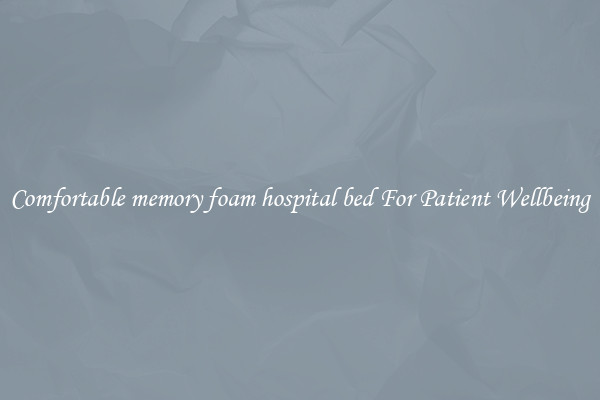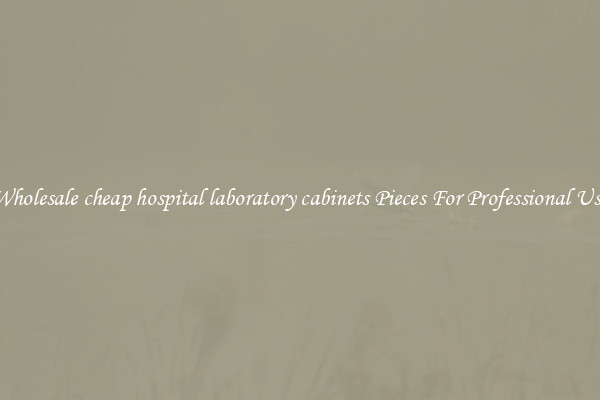Comfortable memory foam hospital bed For Patient Wellbeing
A comfortable memory foam hospital bed can greatly contribute to the wellbeing of patients, providing them with the necessary support and comfort they need during their stay in the hospital. These specially designed beds offer several benefits that can aid in the healing process and enhance overall patient experience.

One of the key advantages of a memory foam hospital bed is the exceptional level of comfort it provides. Memory foam is a material that molds itself to the shape of the body, relieving pressure points and reducing discomfort. It evenly distributes body weight, helping to alleviate pain and promote better sleep. This is particularly important for patients who may be immobile or have conditions that cause chronic pain.
Furthermore, the contouring qualities of memory foam reduce the risk of pressure ulcers, commonly known as bedsores. These painful sores develop when prolonged pressure is applied to certain areas of the body, most commonly the back, buttocks, and heels. Memory foam beds can help to prevent the occurrence of bedsores by providing a supportive surface that minimizes pressure points and improves blood circulation.
In addition to comfort, memory foam hospital beds also enhance patient safety. They can be adjusted to different positions, allowing patients to elevate their upper body or legs as needed. This feature is particularly beneficial for patients with respiratory issues or those who have had surgery, as it promotes proper breathing and prevents fluid accumulation in the lungs. The adjustability of these beds also aids in patient mobility, making it easier for them to get in and out of bed, reducing the risk of falls or injuries.
Another advantage of memory foam hospital beds is their ability to absorb motion, thus reducing disturbances caused by movement. This is especially important for patients in shared hospital rooms or those with restlessness or pain that can cause them to shift positions frequently. By minimizing motion transfer, memory foam beds allow patients to rest more peacefully and undisturbed, facilitating a faster recovery.
Finally, memory foam is an excellent choice for infection control. These beds are made with antimicrobial and hypoallergenic materials that inhibit the growth of bacteria, fungi, and dust mites. This not only protects patients from potential infections but also promotes a clean and healthy environment.
In conclusion, a comfortable memory foam hospital bed is not just a luxurious addition but an essential aspect of patient care. Its ability to provide comfort, reduce pressure ulcers, improve patient safety and mobility, absorb motion, and prevent infections contributes significantly to the overall wellbeing of patients. By investing in these high-quality beds, hospitals can ensure that their patients receive the best possible care and support during their stay.

View details

View details

View details

View details







